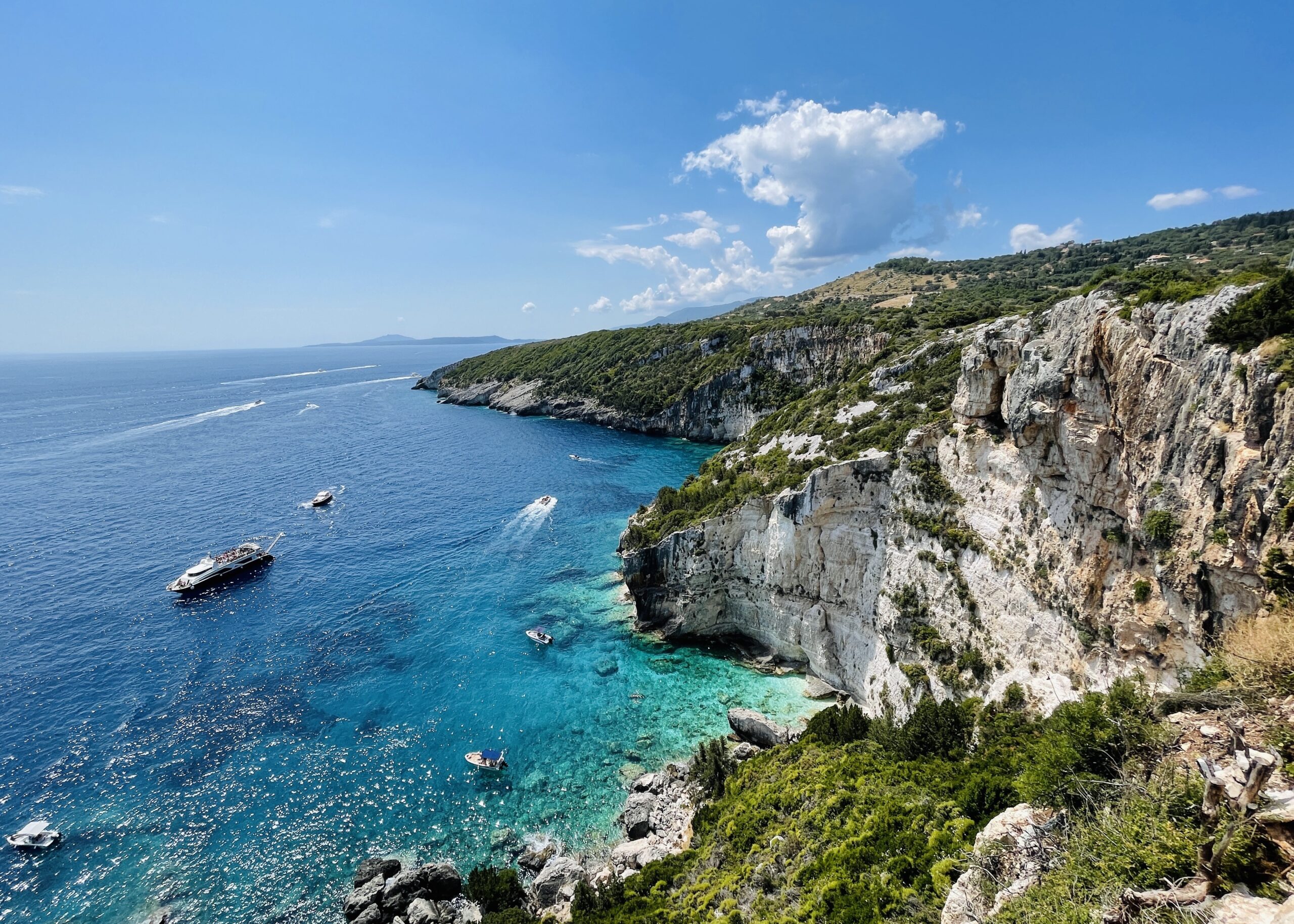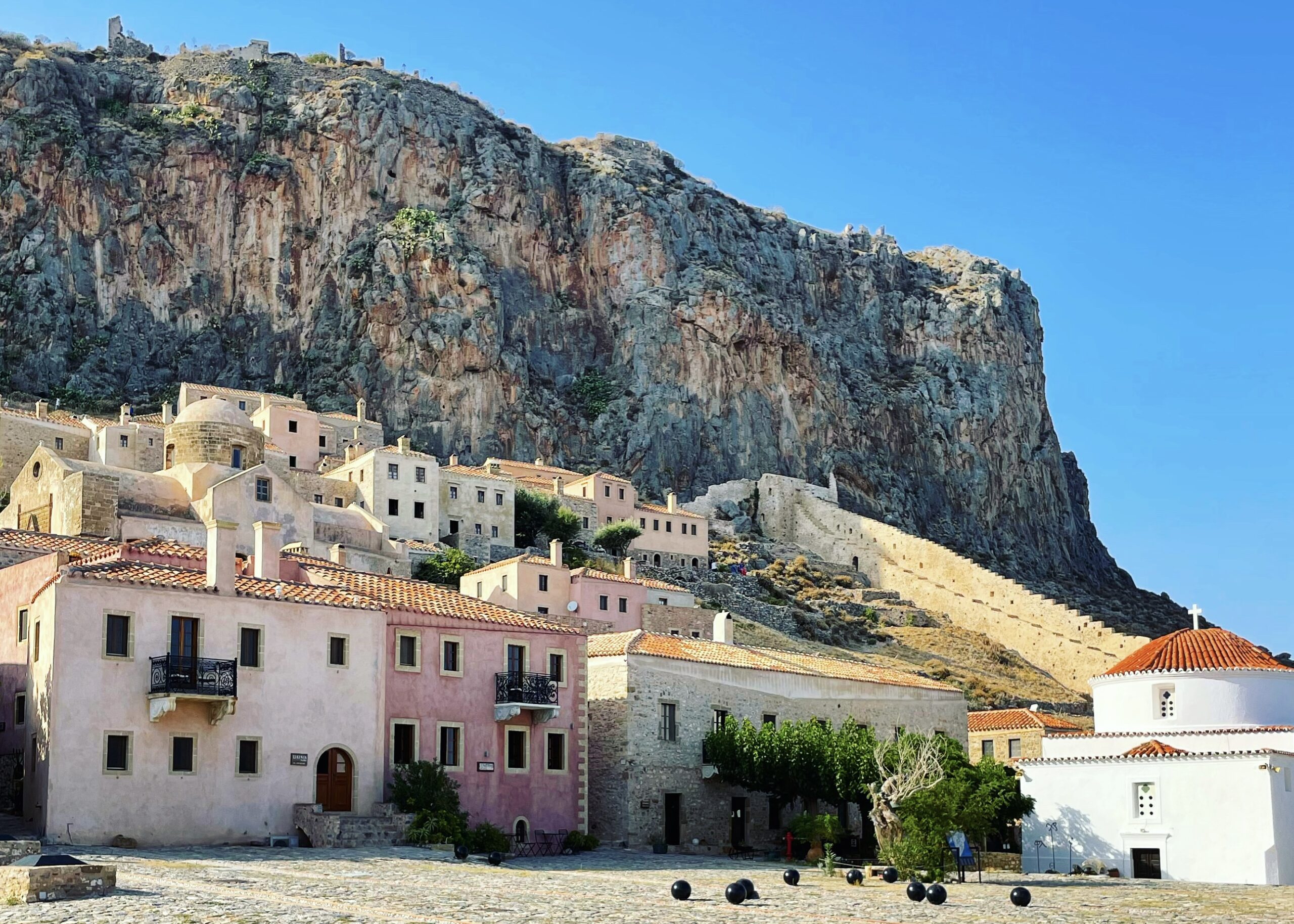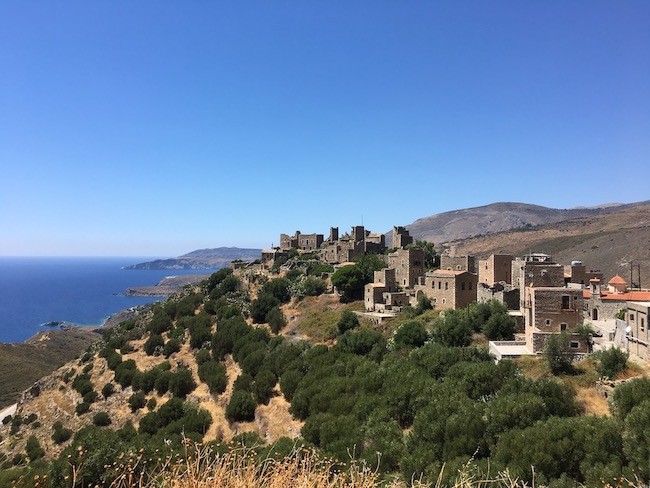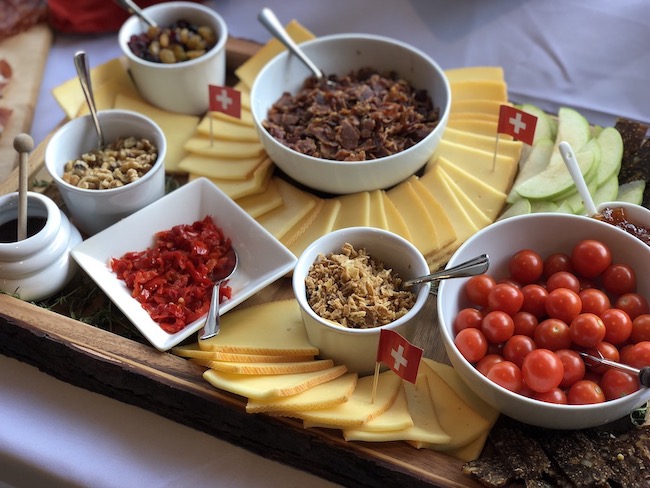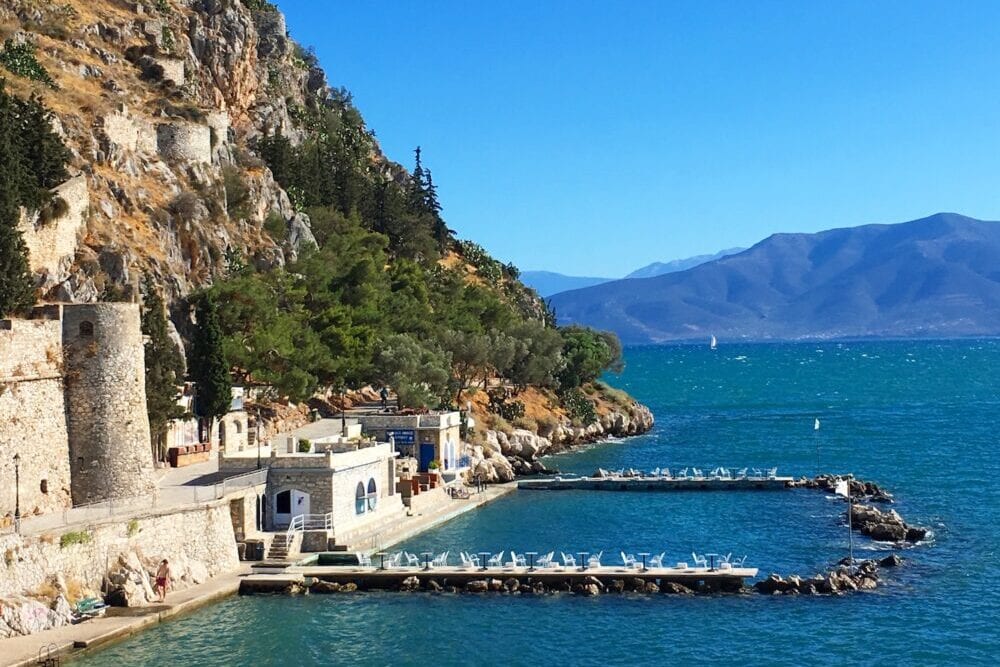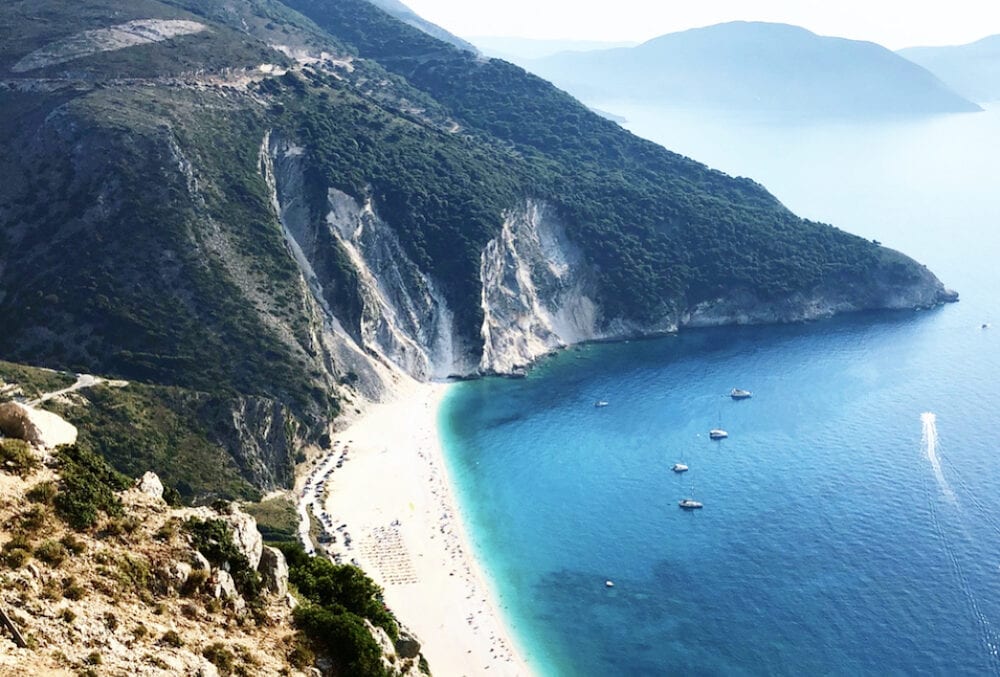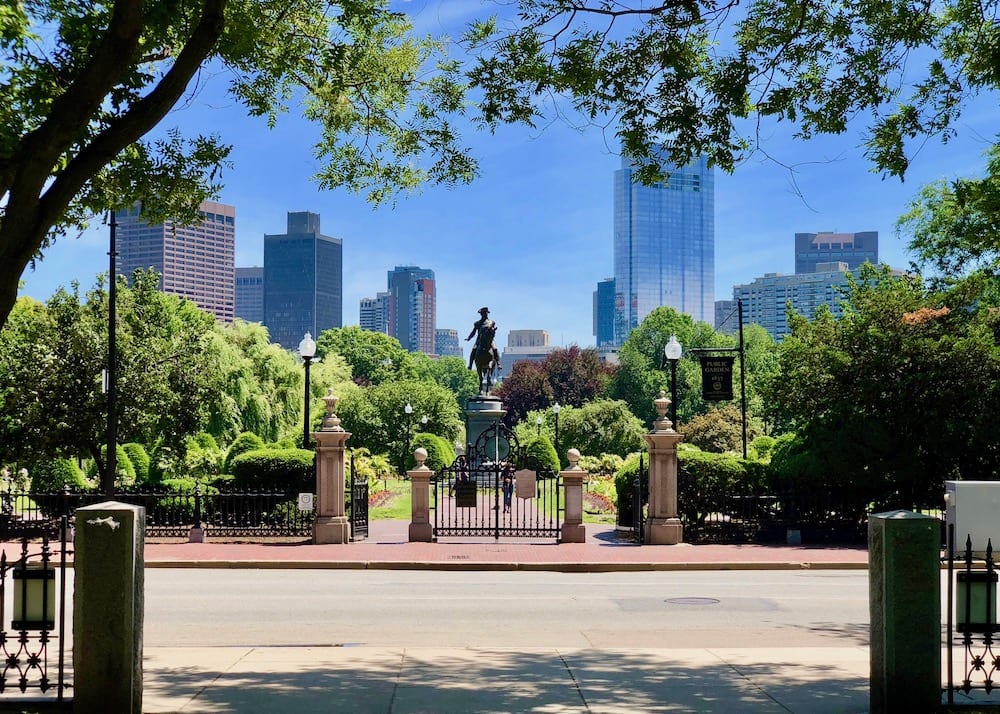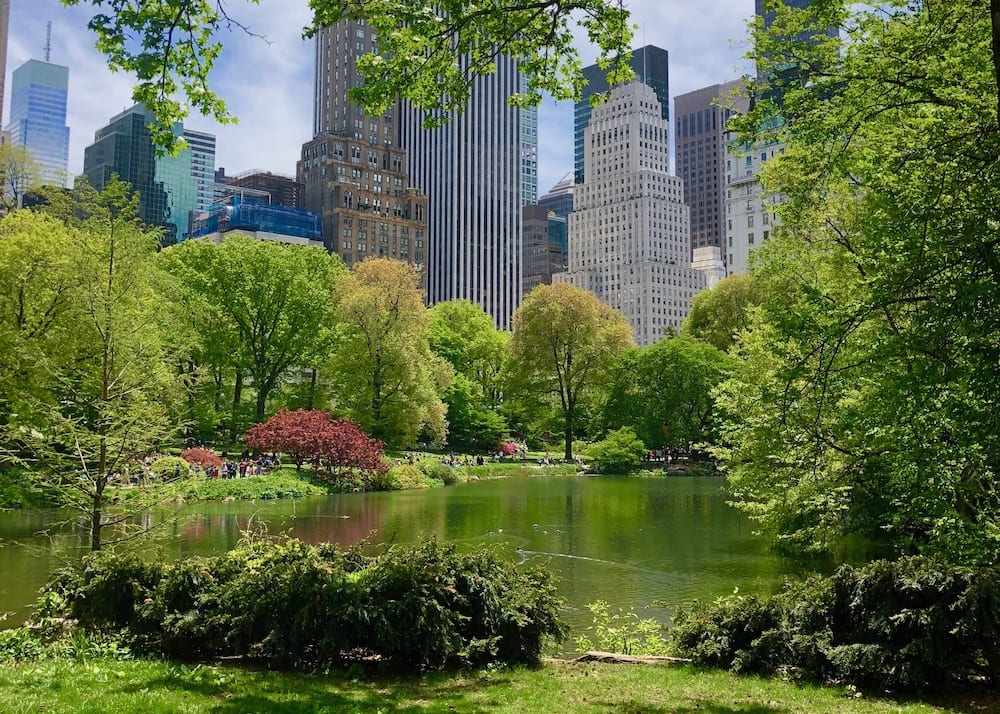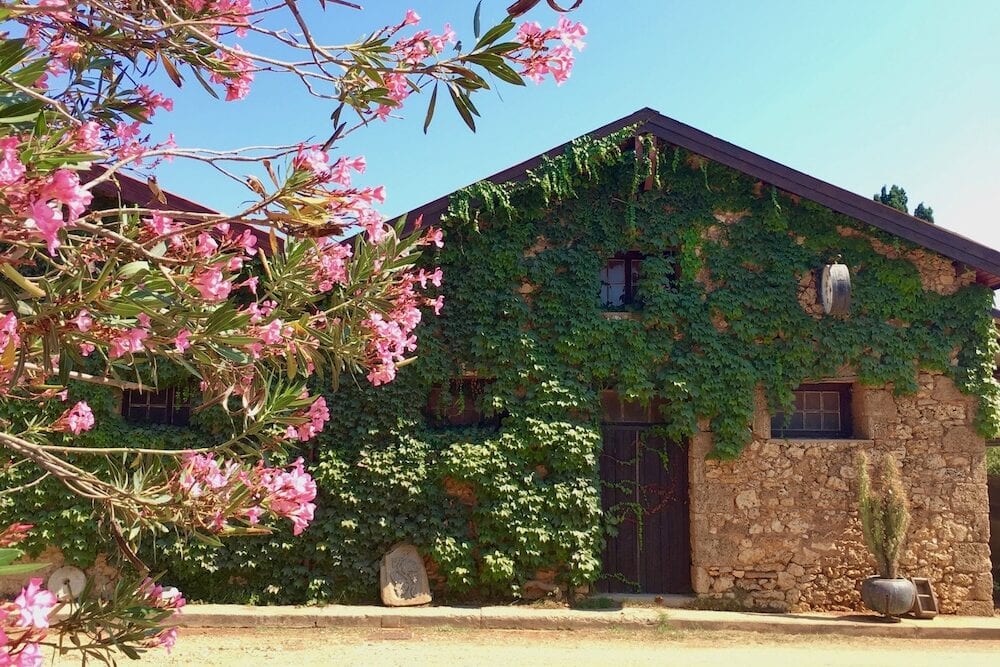Zakynthos island is located off the western coast of the Peloponnese. The large island is particularly popular with British tourists and easily accessible by plane and ferry. Where to Stay There are many options to choose from when trying to decide where to stay and if you’re not familiar with…
-
Continue Reading
Visiting the Greek castle town of Monemvasia makes for a fun and relaxing getaway. Located on the southern coast of the Peloponnese, the castle is well worth the visit and will transport you back in time. How to Get There As of the writing of this blog post, the only…
-
Continue Reading
Like most, our 2020 summer vacation plans were cancelled. We had a fun trip lined up to visit the town of Monemvasia and hopefully that adventure will be in the cards for 2021. In the meantime, I’ve been reminiscing about last summer’s Greece getaway to The Romanos Resort at Costa…
-
Continue Reading
Having previously visited the northern Peloponnesian region of Nemea, we set our sites on the Mani Peninsula, to the south, for our annual summer getaway. The Caves of Diros A three hour drive from our home in the western Peloponnese, we reached the seaside town and capital of Mani, Gythio, by mid-day. With a few…
-
Continue Reading
While the winter season in the United States is welcomed by trick-or-treating and family gatherings around roast turkey, my memories growing up in Switzerland are defined by delicious broiled cheese, where winter’s arrival is commemorated by raclette and fondue – think Heidi and her grandfather’s old chalet high in the snow covered Swiss Alps.…
-
Continue Reading
If your idea of the perfect vacation includes a mix of picturesque views, historical sites, good food and wine, then you must visit the Greek town of Nafplio! Established during the Greek war of Independence in 1821, Nafplio was modern day Greece’s first capital until 1834. Less than a two hour…
-
Continue Reading
Greece’s islands are world renowned for their beauty. Santorini, in particular, has built a substantial reputation with its whitewashed cliffside villages and stunning sunsets. But there are a whole host of other islands where one can spend an idyllic vacation. A majority of the Greek islands are located in the…
-
Continue Reading
Having lived in Boston for over a decade, we make a point of returning to the historic city every other year. During these visits, most of our time is spent in the suburbs. However, this year we chose to end the trip with a day in the city, sharing its…
-
Continue Reading
New York — the big apple, the great American melting pot, the city that never sleeps. Spending three days in a place as large and diverse as New York City can feel overwhelming. How do you choose where to eat, what to do? In an effort to tackle this conundrum…
-
Continue Reading
Beyond its pleasant aromas and soothing qualities, a glass of wine holds a special power, the ability to convey a specific place and time, most commonly referred to as terroir, the combination of climate, weather, and soil that give a wine its specific characteristics. It is this terroir that the…

